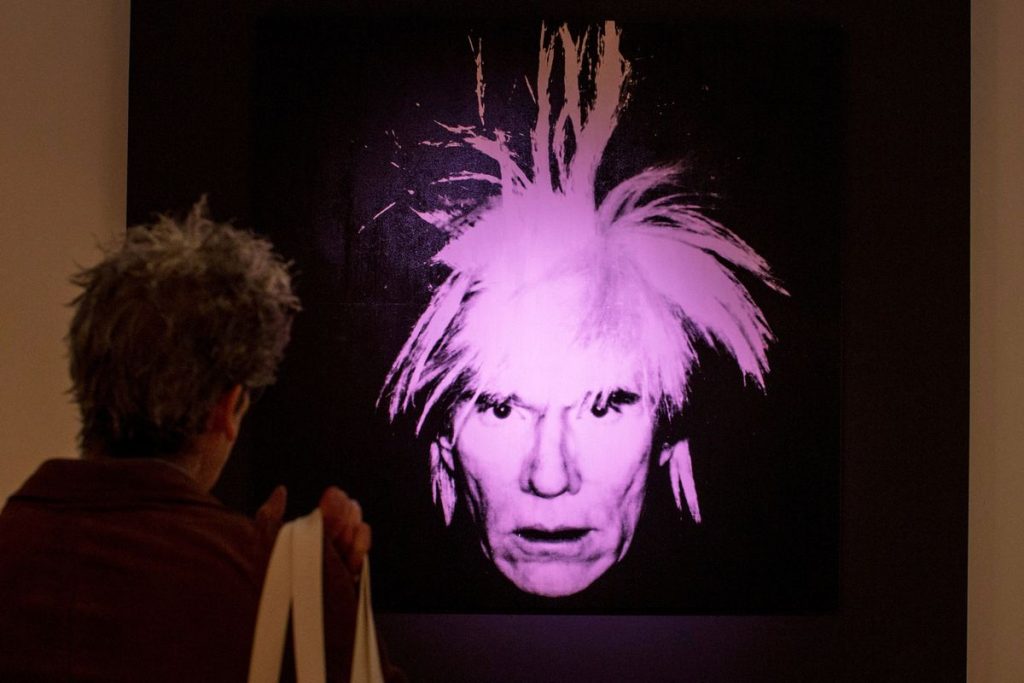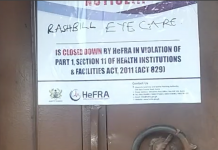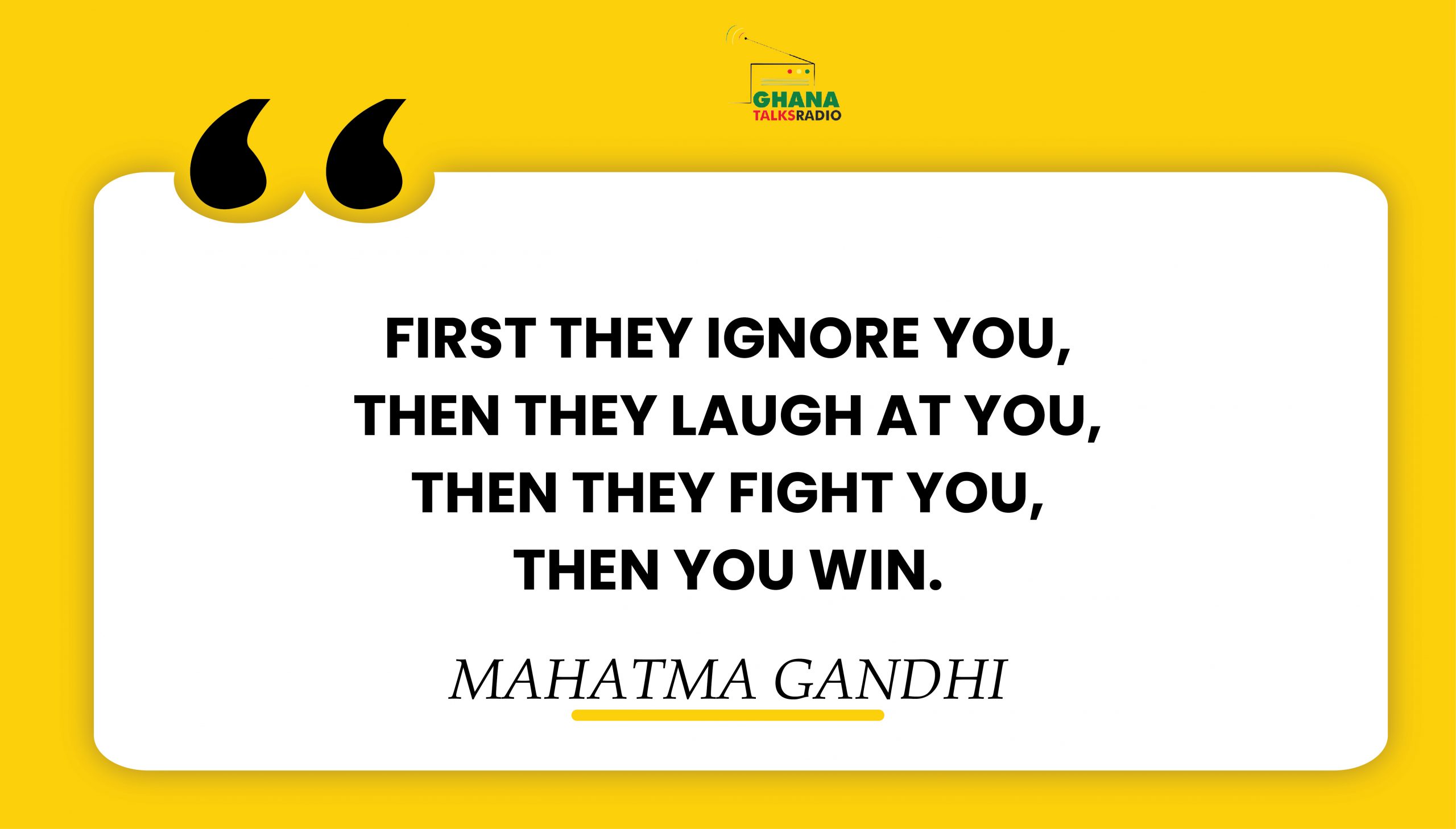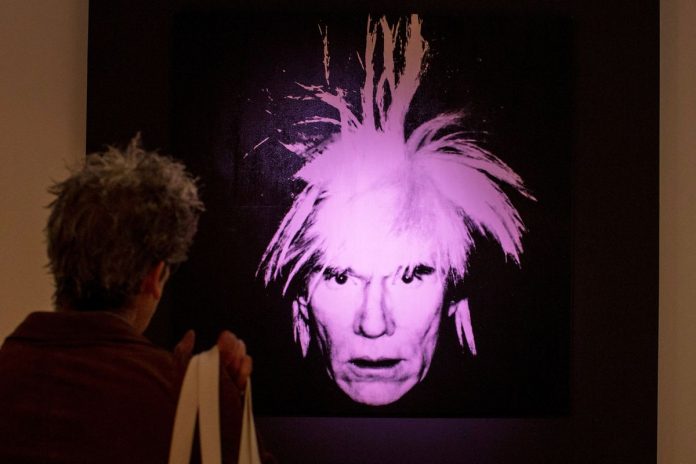In lively arguments that touched on the meaning of art and referenced famous films, TV shows and paintings, U.S. Supreme Court justices on Wednesday grappled with a copyright dispute between a photographer and Andy Warhol’s estate over the acclaimed artist’s paintings of rock star Prince.

The court heard about two hours of arguments in a case that could help map the boundaries for artistic works that draw upon other material.
The Andy Warhol Foundation appealed a lower court’s ruling that his 1984 paintings – based on a 1981 photo of Prince that celebrity photographer Lynn Goldsmith shot for Newsweek magazine – were not protected by a copyright law doctrine called fair use that allows certain unlicensed use of copyright-protected works.
A key factor courts consider for fair use is whether the new work has a “transformative” purpose such as parody, education or criticism. Some justices expressed skepticism toward the lower court’s ruling that judges should not consider an artistic work’s meaning in determining fair use.
“The purpose of all copyright law is to foster creativity,” Justice Elena Kagan said.
“So why shouldn’t we ask,” Kagan added, if a work is really creative and “something new and entirely different?”
Kagan noted that a 2021 Supreme Court ruling on fair use of software cited Warhol as an “example of how somebody can take an original work and make it be something entirely different, and that’s exactly what the fair use doctrine wants to protect.”
Warhol, who died in 1987, was a central figure in the pop art movement that arose in the 1950s. Warhol often created silkscreen print paintings and other works inspired by photos of celebrities including Marilyn Monroe and Elvis Presley as well as consumer products, work with considerable artistic and monetary value.
He made 14 silkscreen prints and two pencil illustrations inspired by Goldsmith’s photograph.
Chief Justice John Roberts said Warhol’s work “sends a message about the depersonalization of modern culture and celebrity status.”
“It’s a different purpose” from the photo, Roberts said. “One is a commentary on modern society; the other is to show what Prince looks like.”






















































![[FREE FREE MONEY] Predict and Win a Guaranteed GH¢200 From Us EVERY WEEK](https://wordpress.ghanatalksradio.com/wp-content/uploads/2022/02/Predict-and-Win-Final-09-03-2021-218x150.jpg)
![[Predict & Win – 8th/Oct.] WIN A Guaranteed ¢200 From Us This Week](https://wordpress.ghanatalksradio.com/wp-content/uploads/2021/10/maxresdefault-16-218x150.jpg)
![[Predict & Win – 2nd] WIN A Guaranteed ¢200 From Us This Week](https://wordpress.ghanatalksradio.com/wp-content/uploads/2021/09/maxresdefault-50-218x150.jpg)
![[Predict & Win – 25th] WIN A Guaranteed ¢200 From Us This Week](https://wordpress.ghanatalksradio.com/wp-content/uploads/2021/09/maxresdefault-36-218x150.jpg)
![[Predict & Win – 18th] WIN A Guaranteed ¢200 From Us This Week](https://wordpress.ghanatalksradio.com/wp-content/uploads/2021/09/maxresdefault-23-218x150.jpg)









![[National cathedral] See full list of churches that have contributed since 2018](https://wordpress.ghanatalksradio.com/wp-content/uploads/2020/09/Ghana-National-Cathedral-GhanaTalksRadio-100x70.jpg)

![[W/E-07/01/22] GTR Weekend Entertainment Splash: Golden Globes, Morocco Vs Ghana, Terminus, more](https://wordpress.ghanatalksradio.com/wp-content/uploads/2022/01/maxresdefault-2-100x70.jpg)

